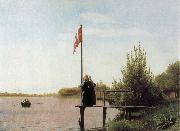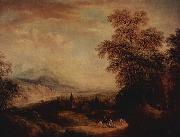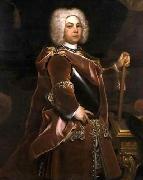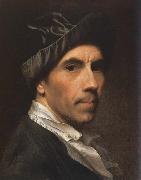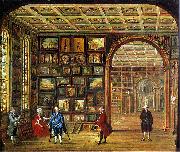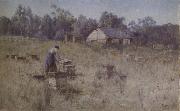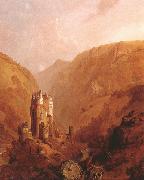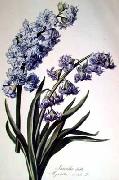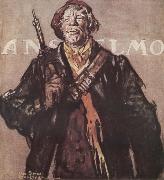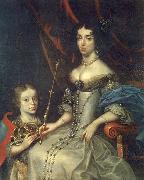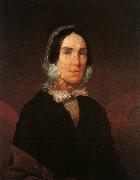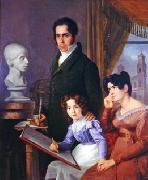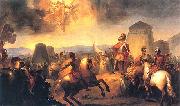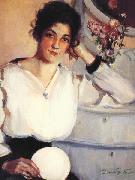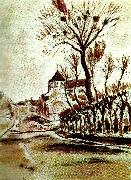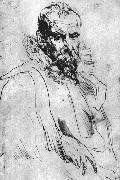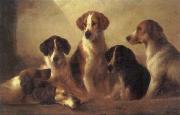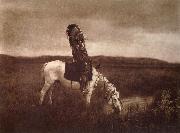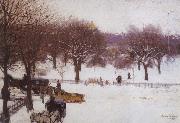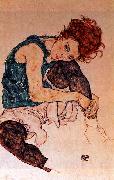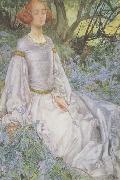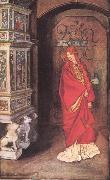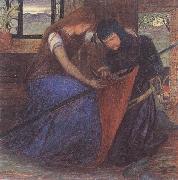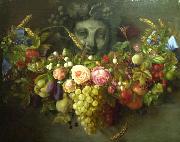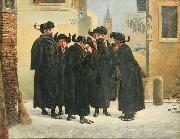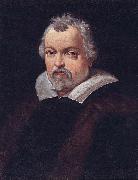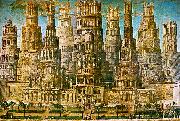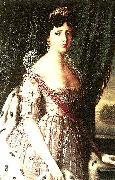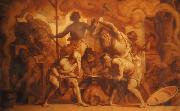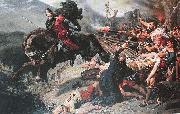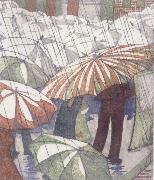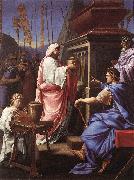|
|
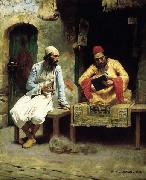 |
Charles Sprague Pearce
|
|
For other people named Charles Pearce, see Charles Pearce (disambiguation).
Charles Sprague Pearce (October 13, 1851 - May 18, 1914) was an American artist.
|
|
|
|
|
|
|
|
|
|
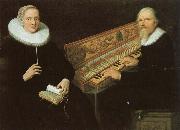 |
christian schubart
|
|
German poet,writer on music and composer. A distinguished keyboard player, he served at the Werttemberg court, 1769-73, then worked in Augsburg and Ulm. After imprisonment, 1777-87 (for insulting a duke's mistress), he became court and theatre poet at Stuttgart. As a composer he was best known for his lieder. His writings, including an important work on musical aesthetics (1806) and essays in his own periodical, stress expression in music. His poetry was often set; Schubert's four settings include Die Forelle and An meine Klavier.
|
|
|
|
|
|
|
|
|
|
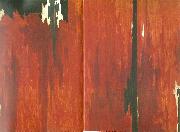 |
clyfford still
|
|
Clyfford Still (November 30, 1904 - June 23, 1980) was an American painter, and one of the leading figures of Abstract Expressionism.
Clyfford Still was a leader in the first generation of Abstract Expressionists who developed a new, powerful approach to painting in the years immediately following World War II. Still's contemporaries included Philip Guston, Franz Kline, Willem de Kooning, Robert Motherwell, Barnett Newman, Jackson Pollock, and Mark Rothko. Though the styles and approaches of these artists varied considerably, Abstract Expressionism is marked by abstract forms, expressive brushwork, and monumental scale, all of which were used to convey universal themes about creation, life, struggle, and death (the human condition), themes that took on a considerable relevance during and after World War II. Described by many as the most anti-traditional of the Abstract Expressionists, Still is credited with laying the groundwork for the movement. Still's shift from representational painting to abstraction occurred between 1938 and 1942, earlier than his colleagues, who continued to paint in figurative-surrealist styles well into the 1940s.
Still was born in 1904 in Grandin, North Dakota and spent his childhood in Spokane, Washington and Bow Island in southern Alberta, Canada. Although Abstract Expressionism is identified as a New York movement, Still's formative works were created during various teaching posts on the West Coast, first in Washington State at Washington State University (1935-41). His work of this period is marked by an expressive figurative style used in depictions of the people, buildings, tools and machinery characteristic of farm life. By the late 1930s, he began to simplify his forms as he moved from representational painting toward abstraction. In 1941 Still relocated to the San Francisco Bay area where, following work in various war industries, he became a highly influential professor at the California School of Fine Arts and what is now known as the San Francisco Art Institute. He taught there from 1946-1950 (with a break in the summer of 1948 when he returned to New York). It was during this time when Still broke through to his mature style. Still also taught at Virginia Commonwealth University from 1943-45. |
|
|
|
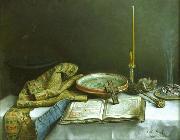 |
Constantin Daniel Stahi
|
|
(November 14, 1844 - June 18, 1920) was a Romanian painter and gravure artist.
In 1862 he entered the National School of Fine Arts from Iaşi where he was taught by Gheorghe Panaiteanu Bardasare and Gheorghe Şiller. He continued his artistic education in Munich where, for seven years, he studied painting, metal gravure and xylography.
He painted still life paintings representing small objects that were surrounding him, such as old books, newspapers, religious items, chairs, shoes, plates and especially fruits. Also, he painted many portraits of famous people of his time (for example Gheorghe Asachi, painted in 1881). Many others of his paintings take inspiration from the simple life in the countryside in idyllic compositions and by painting peasants having as models people living in Bavaria and Moldova regions.
Beside his artistic career, he was a professor and, later on, the headmaster of the National School of Fine Arts in Iaşi between 1892 and 1902, following Gheorghe Panaiteanu Bardasare.
He died in his house on Bărboi street in Iaşi on June 18, 1920 and was interred at Eternitatea Cemetery.
|
|
 |
Cornelis Saftleven
|
|
(c. 1607, Gorinchem - 1 June 1681, Rotterdam) was a Dutch Golden Age painter
He was born into a family of artists, and learned to paint from his father Herman, along with his brothers Abraham and Herman Saftleven the Younger. He lived for a time in Utrecht with his brother.
Saftleven's subject matter covered various subjects, including genre works, portraits, beach scenes, and biblical and mythological themes. Some consider his images of Hell to be his most individual contribution to Dutch painting
|
|
|
|
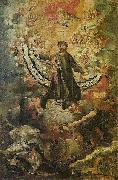 |
Cuzco School
|
|
The Cuzco School (Escuela Cuzqueña) was a Roman Catholic artistic tradition based in Cusco, Peru (the former capital of the Inca Empire) during the Colonial period, in the 16th, 17th and 18th centuries. It was not limited to Cuzco only, but spread to other cities in the Andes, as well as to present day Bolivia and Ecuador.
|
|
|
|
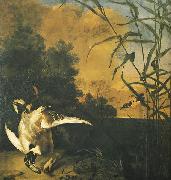 |
Daniel Schultz
|
|
(1615 - 1683) was a famous painter of the Baroque era, born and active in the Polish - Lithuanian Commonwealth. He painted many Polish and Lithuanian nobles, members of the royal family, local Patricians, such as the astronomer Johannes Hevelius, and animals. |
|
|
|
|
|
|
|
|
|
|
|
|
|
|
|
|
|
|
|
|
|
|
|
|
|
|
|
|
|
|
|
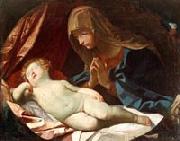 |
Elisabetta Sirani
|
|
(8 January 1638 -25 August 1665) was an Italian Baroque painter whose father was the painter Giovanni Andrea Sirani of the School of Bologna
She was born in Bologna. By age 17 she was a full-fledged engraver and painter and had completed over ninety works. By the time she died at the young age of 27, she had added at least eighty more to her repertoire. Besides being an independent painter by the age of 19, Elisabetta Sirani also ran her family's workshop. When her father became incapacitated by gout, she was burdened with having to support her parents, her siblings and herself, entirely through her art. The stress created by such heavy responsibilities may have been the cause of her early death. It is estimated that in all she produced some 200 paintings, drawings, and etchings. She painted themes such as the Virgin and Child, self portraits, and many more.
Elisabetta Sirani used dramatic light and great movement in her work, which classified it in the Baroque style. She painted many of her larger scale and heavy-themed works publicly and in front of large (and adoring) crowds of on-lookers. Sirani's portraits, mythological subjects, and especially her images of the Holy Family and the Virgin and Child, gained international fame. |
|
|
|
|
|
|
|
|
|
|
|
|
|
|
|
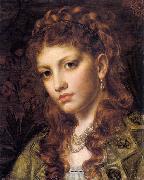 |
Emma Sandys
|
|
Emma Sandys (born Mary Ann Emma Sands) (1843 - 1877) was a 19th-century English painter.
Sandys was born in Norwich, England in 1843. She was taught by her father, Anthony Sands, and worked in portraits in both oil and chalk, often in medieval or period dress. Her earliest dated painting is marked 1863 and she exhibited her works in both London and Norwich between 1867 and 1874.
Sandys did most of her work around Norwich but may have spent time in the studio of her brother, Frederick Sandys, in London.
She died Norwich in November 1877. |
|
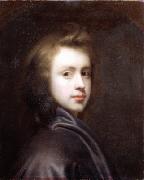 |
Enoch Seeman
|
|
Enoch Seeman the Younger was born in Danzig, now Gdansk, Poland, around 1694. His father, also Enoch was born around 1661, and the Seeman family were painters.
Having been brought to London from his home of Flanders by his father in 1704, the younger Seeman's painting career as we know it began with a group portrait of the Bisset family in the style of the portraitist Godfrey Kneller, now held at Castle Forbes in Grampian, Scotland, and dated by an inscription 1708.
As a painter to the British royal court Seeman the Younger completed portraits of George I, in 1730, in the robes of his coronation and of George II some years later. The first of these pictures is held at the Middle Temple in London, England, and the second is at Windsor Castle in Berkshire, England, part of the royal collection.
In 1734, Seeman painted a portrait of Jane Pratt Taylor, daughter of Lord Chief Justice John Pratt. The portrait was sent to William Byrd, II of Westover, in Virginia, where it became part of the largest colonial portrait collection of the early eighteenth-century. The painting is now part of the collection of the Virginia Historical Society.
The Yale University Art Gallery owns a portrait of Elihu Yale in 1717 by Seeman and the Metropolitan Museum in New York, USA owns his rendering of Sir James Dashwood, described by the Grove Dictionary of Art as 'Exceptionally lively'. Also by Seeman the younger, Abraham Tucker in 1739 at the National Portrait Gallery in London, England, and various copies of sixteenth and seventeenth century portraits. The National Trust owns two examples of this set of his work - at Dunham Massey in Cheshire, England, a copy of a portrait of Lady Diana Cecil, and at Belton House in Lincolnshire, England, of Lady Cust and her Nine Children. |
|
|
|
|
|
|
|
|
|
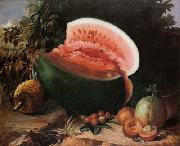 |
Estevao Silva
|
|
Estevao Roberto da Silva (Rio de Janeiro, c. 1844 - idem, 9 de novembro de 1891) foi um importante pintor e professor brasileiro da segunda metade do seculo XIX. Primeiro pintor negro de destaque formado pela Academia Imperial de Belas Artes, notabilizou-se por suas naturezas-mortas, sendo considerado um dos maiores expoentes da arte brasileira no genero. |
|
|
|
|
|
|








